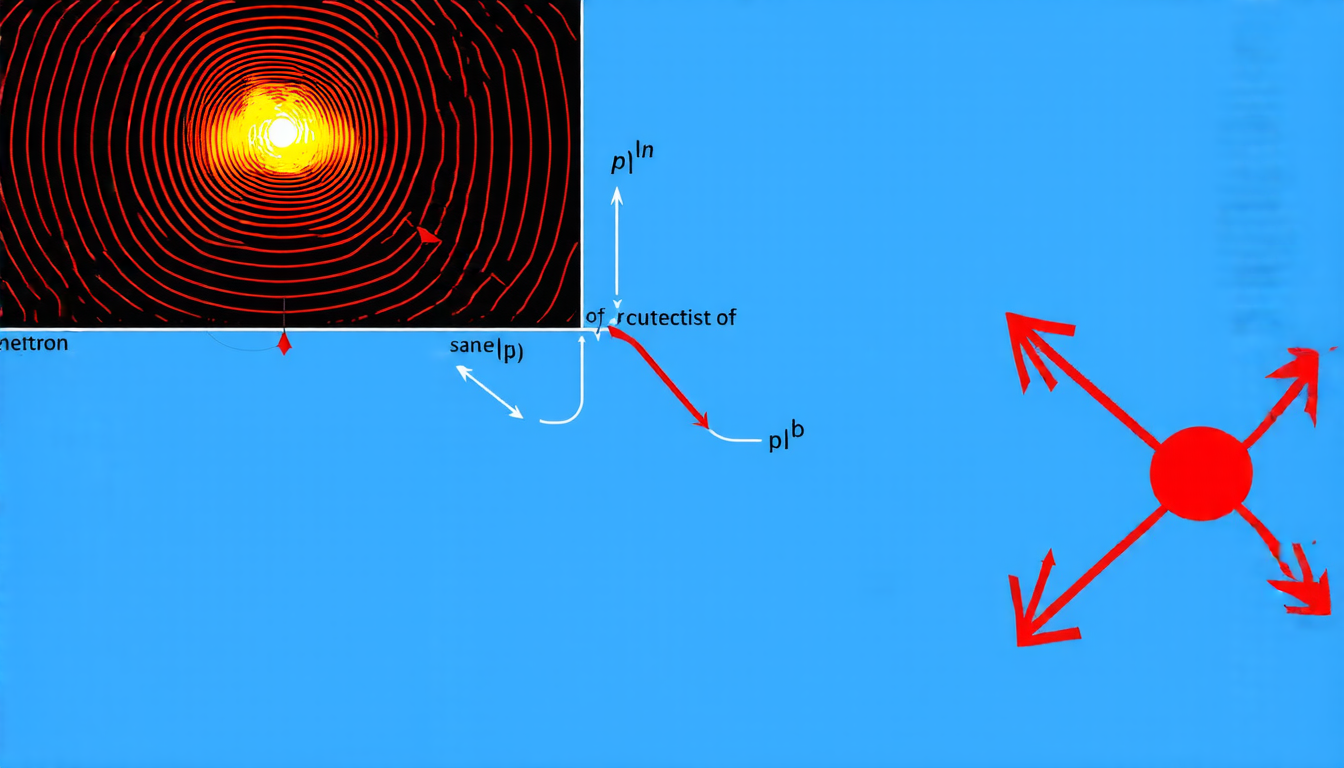Thursday 13 March 2025
Neutron scattering, a technique used to study the structure and behavior of materials at the atomic scale, has just gotten a whole lot more powerful. Researchers have developed a new method that allows them to analyze the spin state of neutrons, which is crucial for understanding the properties of magnetic materials.
Magnetic materials are all around us – from the hard drives in your computer to the magnets on your refrigerator. But despite their ubiquity, they’re still not well understood. That’s because the tiny magnetic fields that make them tick are difficult to measure directly. Neutron scattering is one way scientists can get around this problem. By bombarding a material with neutrons and measuring how they scatter off of it, researchers can infer the presence of magnetic fields.
The catch is that neutrons have spin, just like electrons do. And when they interact with magnetic materials, their spin state changes. This change in spin state is what allows scientists to detect the magnetic fields. But until now, there was no efficient way to measure this spin state directly.
Enter the new method developed by Chinese researchers. By using a specialized device called a polarized neutron spin filter, they’ve been able to analyze the spin state of neutrons with unprecedented precision. This has opened up new possibilities for studying magnetic materials and understanding their behavior.
One of the key applications of this technology is in the study of complex magnetic materials, like those used in spintronics devices. Spintronics is a field that combines electronics and magnetism to create new types of devices that are faster, more efficient, and more powerful than traditional electronics.
These devices rely on the manipulation of magnetic fields at the atomic scale, which requires precise control over the spin state of neutrons. With this new method, scientists can now study these materials in greater detail than ever before, allowing them to optimize their design and improve their performance.
The implications of this technology are far-reaching. It could lead to breakthroughs in fields like quantum computing, where magnetic materials play a crucial role in the development of more powerful and efficient processors. It could also enable the creation of new types of medical devices that can detect and treat diseases at the molecular level.
In short, this new method is a game-changer for researchers studying magnetic materials. It’s a tool that will allow them to better understand these complex systems and develop new technologies that can benefit society as a whole.
Cite this article: “Unlocking the Secrets of Magnetic Materials with Neutron Scattering”, The Science Archive, 2025.
Neutron Scattering, Magnetic Materials, Spintronics, Quantum Computing, Medical Devices, Atomic Scale, Polarization, Neutron Spin Filter, Magnetic Fields, Research Technology







